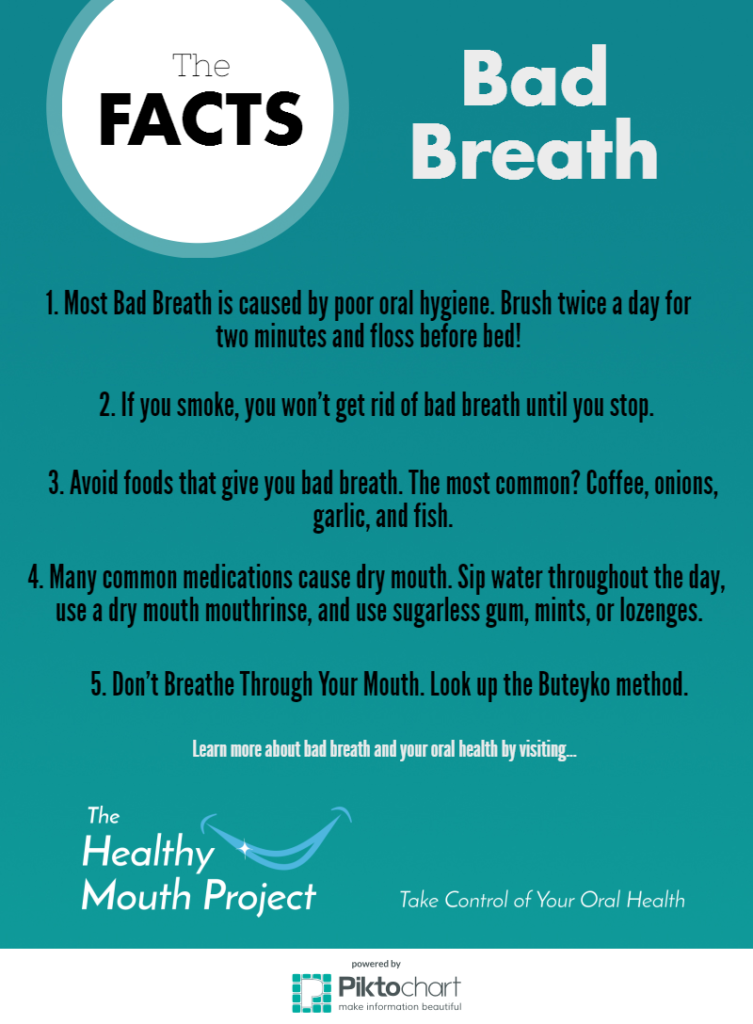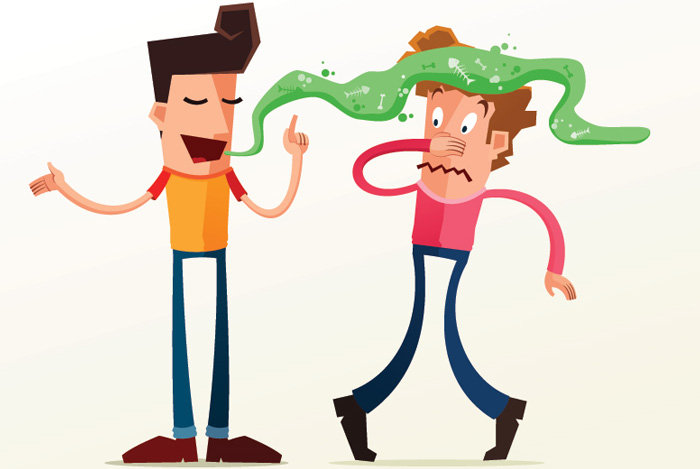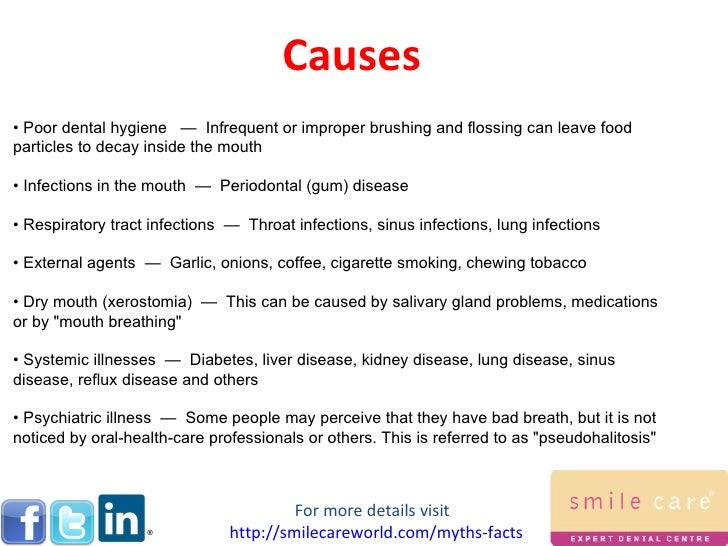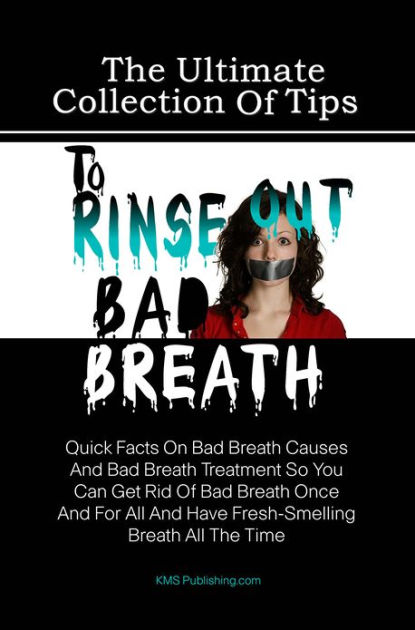The Facts About Bad Breath

Halitosis is a new concern it was only as recent as the 1920 s that halitosis became a plague to our mouths when gerard lambert of listerine took an obscure term for bad breath and turned it into a marketing bonanza.
The facts about bad breath. Some of these medication types include antihistamines antidepressants anticholinergics. Here are ten facts about the troublesome condition known as bad breath you need to know. Bad breath affects an estimated 25 percent of people. Consuming dehydrating food and drink such as coffee and alcohol.
It is also known as halitosis or fetor. Dietary habits and hygiene conditions also account for halitosis. Mouth breathing dries out the mouth and is often the cause of morning breath. Bacterial infections are the prime contributors of malodorous breath.
There are a number of possible causes of halitosis but the vast majority come down to oral hygiene. Other mouth nose and throat conditions. Bad breath or halitosis is defined as the unpleasant odor generated from the mouth while exhaling. Halitosis is an old new problem it wasn t until the 1920 s when gerard lambert of listerine started really pushing the medical condition known as halitosis and began marketing it as a social faux pas.
Bad breath can be caused by surgical wounds after oral surgery such as tooth removal or as a result of tooth decay gum disease or mouth sores. Bad breath can occasionally stem from small stones that form in the tonsils and are covered with bacteria that produce odor.


















